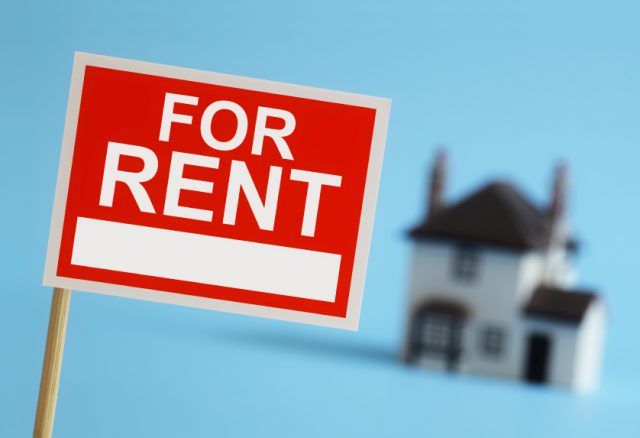The latest HomeLet Rental Index has revealed that UK rental prices returned to growth in July, for the first time in three months.
Now, the average monthly cost of a new tenancy stands at £925 per calendar month, up 1.1% from the £916pcm in the same month of last year.
Rising Rents
This rise was the first time April that the HomeLet rental index revealed a rise in rental prices, after falls of 0.3% and 0.2% seen in May and June respectively.
However, inflation in the private rental sector is still lagging the general rate of inflation, which was 2.7% in June.
In addition, the Index reveals that rents increased in 9 of the 12 regions of the UK covered by the research. Northern Ireland saw the largest rises, with an increase of 5.7% year-on-year. This was followed by Scotland, where rents rose by 3.6%.
On the other hand, London continues to lag Britain as a whole, with rents sliding by 0.6% in July, in comparison to 2016. The average monthly rent in the capital now stands at £1,564pcm.
The South East and North East also saw declines of 0.9% and 1.7% respectively.
Rental figures from the July 2017 HomeLet Rental Index were:
| Region |
Average rent in July 2017 |
Average rent in June 2017 |
Average rent in July 2016 |
Monthly variation |
Annual variation |
| Northern Ireland |
£625 |
£610 |
£589 |
2.4% |
5.7% |
| Scotland |
£630 |
£636 |
£607 |
-1.0% |
3.6% |
| East Midlands |
£620 |
£614 |
£600 |
1.0% |
3.2% |
| West Midlands |
£680 |
£662 |
£663 |
2.7% |
2.4% |
| South West |
£823 |
£800 |
£803 |
2.9% |
2.4% |
| North West |
£698 |
£688 |
£682 |
1.4% |
2.3% |
| East of England |
£919 |
£906 |
£904 |
1.5% |
1.6% |
| Wales |
£613 |
£608 |
£605 |
0.8% |
1.3% |
| Yorkshire & Humberside |
£625 |
£615 |
£618 |
1.6% |
1.1% |
| Greater London |
£1,564 |
£1,524 |
£1,573 |
2.6% |
-0.6% |
| South East |
£1,025 |
£1,015 |
£1,033 |
0.9% |
-0.9% |
| North East |
£526 |
£525 |
£535 |
0.3% |
-1.7% |
| UK |
£925 |
£908 |
£915 |
1.9% |
1.1% |
| UK excluding Greater London |
£769 |
£757 |
£757 |
1.5% |
1.6% |

UK rental prices rise in July
Summer Rises
Martin Totty, Chief Executive of Barbon Insurance, parent company of HomeLet, noted: ‘It’s often been the case in recent times that rents have strengthened over the summer period. It’s a time when renters contemplate moving, demand increases, tenancy terms are set, and when the anniversary of the tenancy often occurs. This year, that ‘seasonal’ factor brings some relief for landlords, who’ve endured a gradual erosion in rent prices over many months.’
‘At the same stage last year, the South East was the main driver of UK average rents. This time around it’s regions throughout the country leading the strengthening in rents. If we exclude the London region, the average UK rent for a private rental property has hit a new high of £769 a month, up 1.6% on this time last year.’
Continuing, Mr Totty said: ‘Whether the market has now found some equilibrium remains to be seen, but landlords at least will be grateful for even some short respite. Predicting where the market heads from here is very difficult given the number of competing forces impacting the sector, either already being felt or still being contemplated.’
‘We know housing stock for sale is in short supply and the Bank of England has expressed concerns about the ‘credit overhang’ and lenders’ resilience should economic activity start to slow. At the very least, these factors should not be unhelpful to the rental sector in the immediate future, encouraging landlords to stick with property owning as an asset class, with potential still to provide relatively attractive returns compared with alternative investment choices,’ he concluded.[1]
[1] https://www.landlordtoday.co.uk/breaking-news/2017/8/rents-bounce-back-in-july-but-london-weak–homelet




